The internet is abuzz with kitchen hacks promising to extend the lifespan of perishable herbs, and one method in particular has captured the attention of home cooks and food preservation enthusiasts alike: the frozen cilantro cube technique. Unlike traditional drying methods that often leave herbs brittle and flavorless, this approach claims to lock in freshness for months while maintaining the vibrant aroma that makes cilantro such a beloved ingredient across global cuisines.
At first glance, the concept seems almost too simple to be effective – chop fresh cilantro, pack it into ice cube trays, cover with oil, and freeze. Yet culinary experimenters from food blogs to YouTube channels report surprisingly successful results. The oil acts as a protective barrier against freezer burn while helping distribute the herb's flavor when added directly to hot pans. What begins as emerald-green cubes eventually becomes a secret weapon for instant depth in soups, stews, and stir-fries.
The science behind this preservation method reveals why it outperforms alternatives. Cilantro's volatile compounds – the chemicals responsible for its distinctive fragrance – are oil-soluble rather than water-soluble. By encasing the chopped leaves in oil before freezing, the technique preserves up to 80% of the original flavor compounds according to informal taste tests conducted by cooking forums. This stands in stark contrast to water-based freezing methods where delicate membranes rupture during ice crystal formation, leaching flavor into the surrounding liquid.
Not all oils yield equal results, as passionate home cooks have discovered through trial and error. Light olive oil emerges as the crowd favorite for its neutral taste and optimal viscosity, though avocado oil works well for high-heat applications. Coconut oil enthusiasts swear by its ability to solidify quickly, creating more stable cubes, while traditionalists in Asian cuisines prefer the authenticity of sesame oil blends. The oil selection ultimately depends on the intended use, with each variety imparting subtle nuances to the frozen herb.
Practical execution requires more finesse than one might assume. Overpacking the cubes leads to dense herb clusters that don't incorporate well when cooked, while insufficient packing results in oil-dominated cubes with weak flavor. The ideal ratio appears to be two parts chopped cilantro to one part oil by volume, gently pressed to eliminate air pockets without crushing cell walls. Some innovative cooks layer whole leaves between chopped portions for varied texture in future dishes.
Storage duration tests have yielded fascinating results that challenge conventional freezer wisdom. While most frozen herbs degrade noticeably after two months, the oil-blanched cilantro cubes maintain acceptable flavor for up to six months when kept at consistent deep-freeze temperatures. The outer layers may darken slightly, but the core retains surprising vibrancy. This longevity makes the technique particularly valuable for gardeners facing seasonal gluts or bargain hunters who stumble upon unusually large cilantro bunches at farmers' markets.
The culinary applications extend far beyond simple garnishes. Cooks report success using the cubes as flavor bombs in marinades, salad dressings, and even blended into herb butters. One creative baker incorporates them into savory scones with spectacular results, while others dissolve them into warm cream for innovative pasta sauces. The oil infusion creates built-in flavor carriers that distribute more evenly than dried herbs, solving the common problem of uneven seasoning.
Commercial kitchens have quietly adopted variations of this technique, with some restaurant prep teams creating custom herb-oil blends tailored to signature dishes. One Mediterranean fusion establishment reportedly keeps frozen cubes containing cilantro, preserved lemon, and harissa paste for last-minute menu specials. The approach saves countless labor hours typically spent on daily herb prep while reducing waste from spoiled fresh ingredients.
Nutritional considerations add another layer of interest to this preservation method. Unlike heat-based techniques that destroy heat-sensitive vitamins, freezing preserves nearly all of cilantro's vitamin K and a significant portion of its antioxidants. The oil medium may even enhance bioavailability of fat-soluble nutrients, though some vitamin C loss still occurs during the freezing process. For health-conscious cooks, this makes frozen cubes nutritionally superior to most dried alternatives.
The technique has spawned creative offshoots as home cooks experiment with other delicate herbs. Similar approaches with basil, dill, and mint show promise, though each herb requires slight modifications to account for differing water content and cell structures. Some adventurous preservers blend multiple herbs in single cubes, creating instant flavor combinations for specific cuisines. The cilantro breakthrough appears to have opened new possibilities in home herb preservation that challenge professional standards.
As with any viral kitchen hack, the frozen cilantro cube method has its skeptics. Purists argue that nothing truly replaces fresh herbs, while others note that the texture changes make the technique unsuitable for certain applications like fresh salsas or pho garnishes. Yet for time-pressed home cooks and flavor-focused meal preppers, this simple freezing method has proven its worth beyond social media trends – becoming a legitimate tool in the modern culinary arsenal.

By /Jul 31, 2025
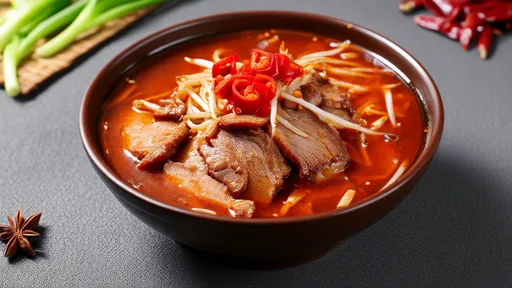
By /Jul 31, 2025
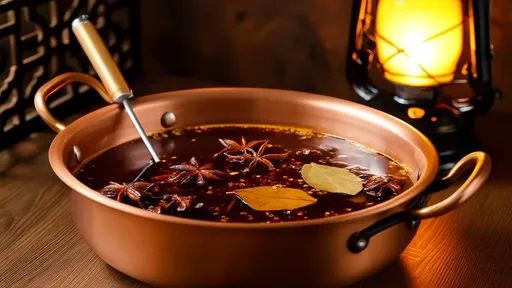
By /Jul 31, 2025
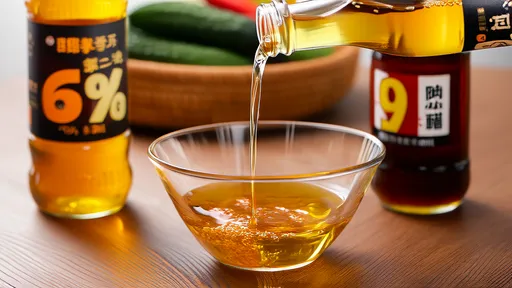
By /Jul 31, 2025
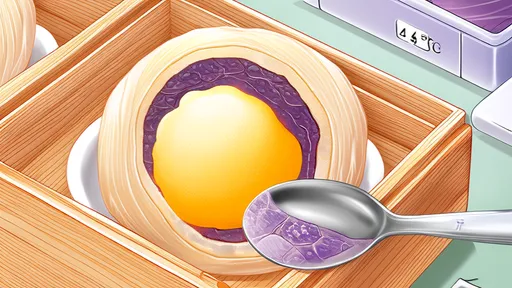
By /Jul 31, 2025

By /Jul 31, 2025

By /Jul 31, 2025

By /Jul 31, 2025

By /Jul 31, 2025

By /Jul 31, 2025
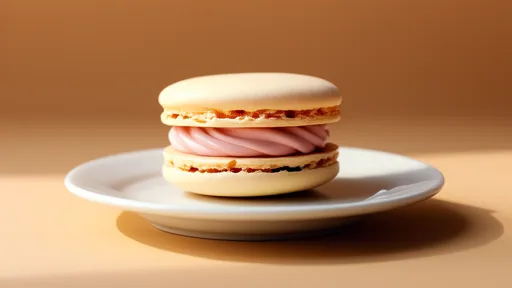
By /Jul 31, 2025
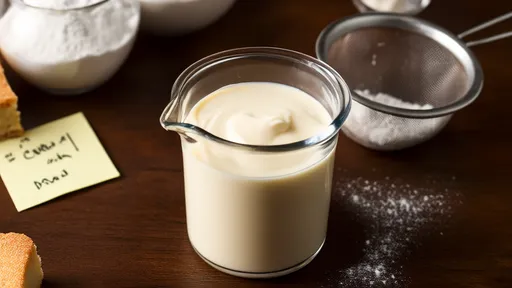
By /Jul 31, 2025
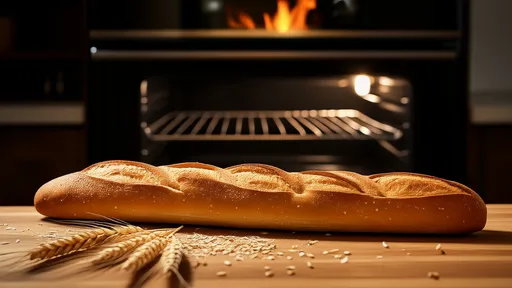
By /Jul 31, 2025

By /Jul 31, 2025
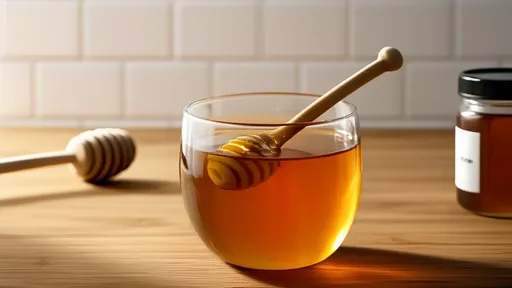
By /Jul 31, 2025
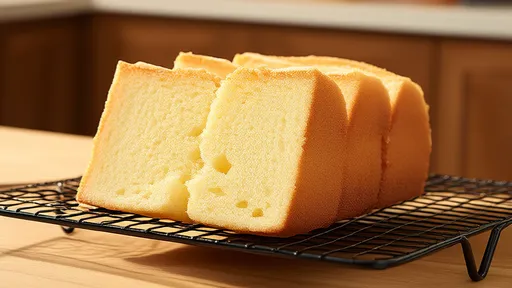
By /Jul 31, 2025

By /Jul 31, 2025
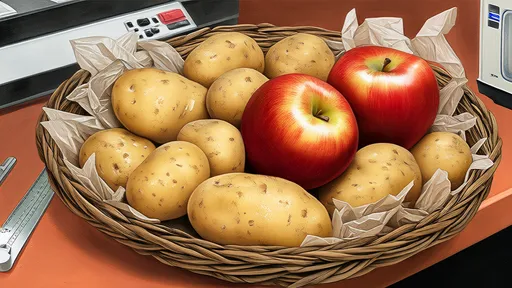
By /Jul 31, 2025
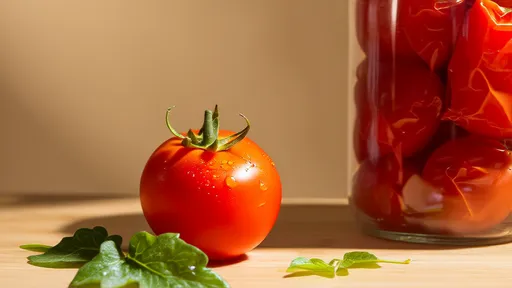
By /Jul 31, 2025
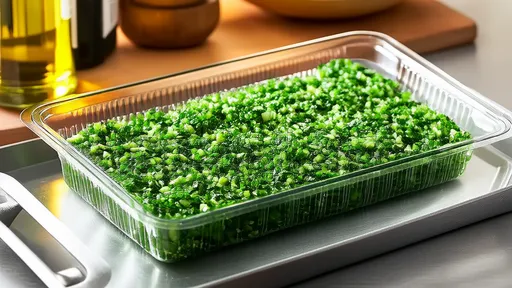
By /Jul 31, 2025